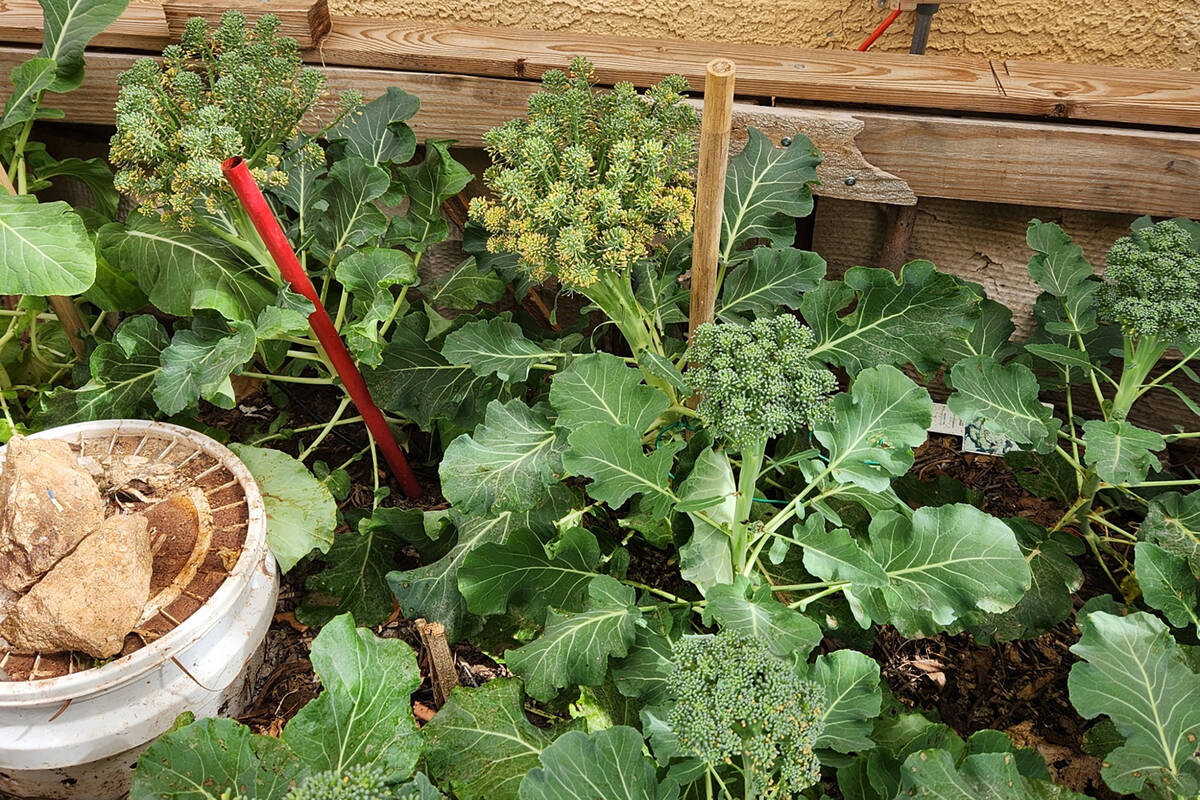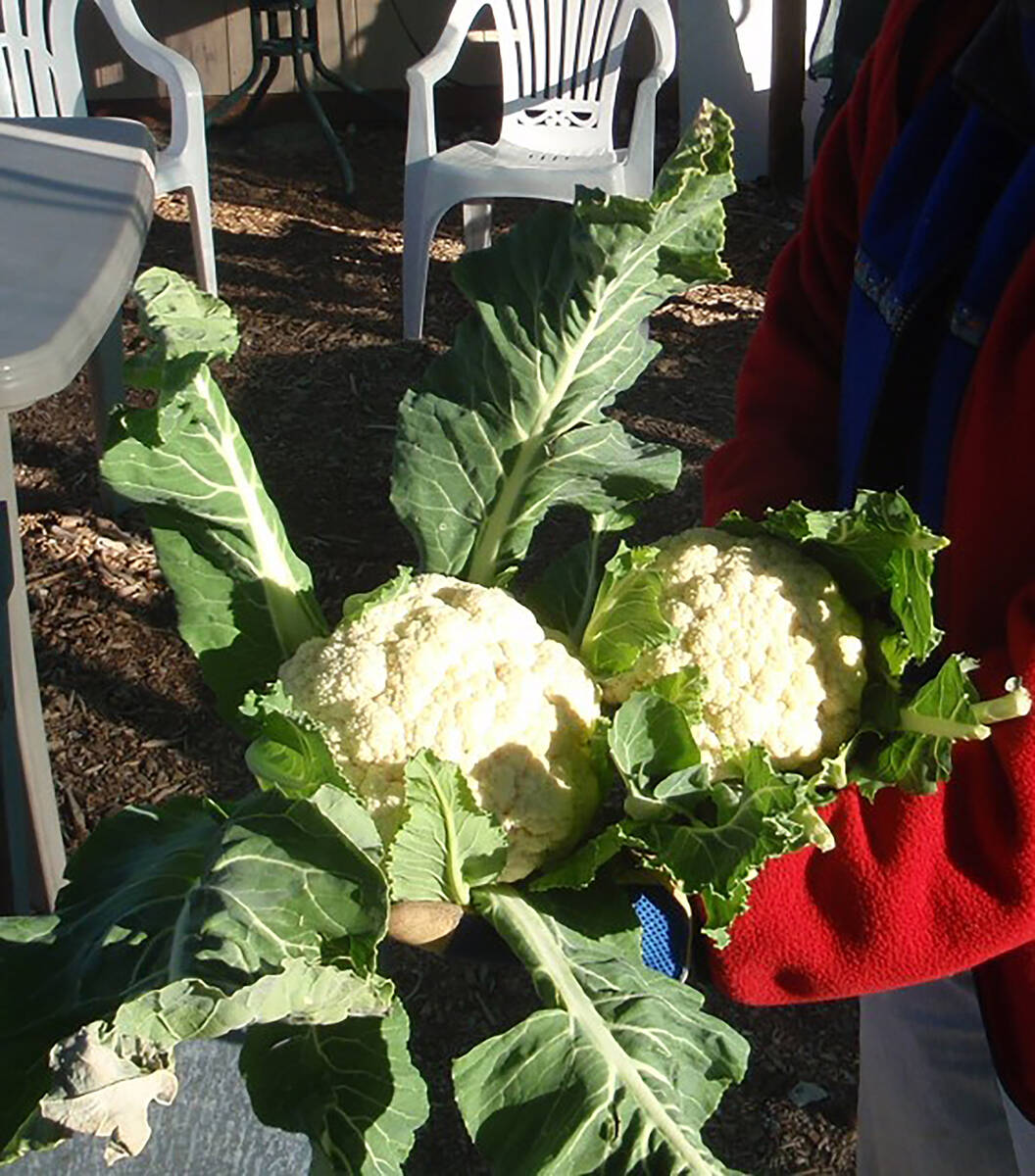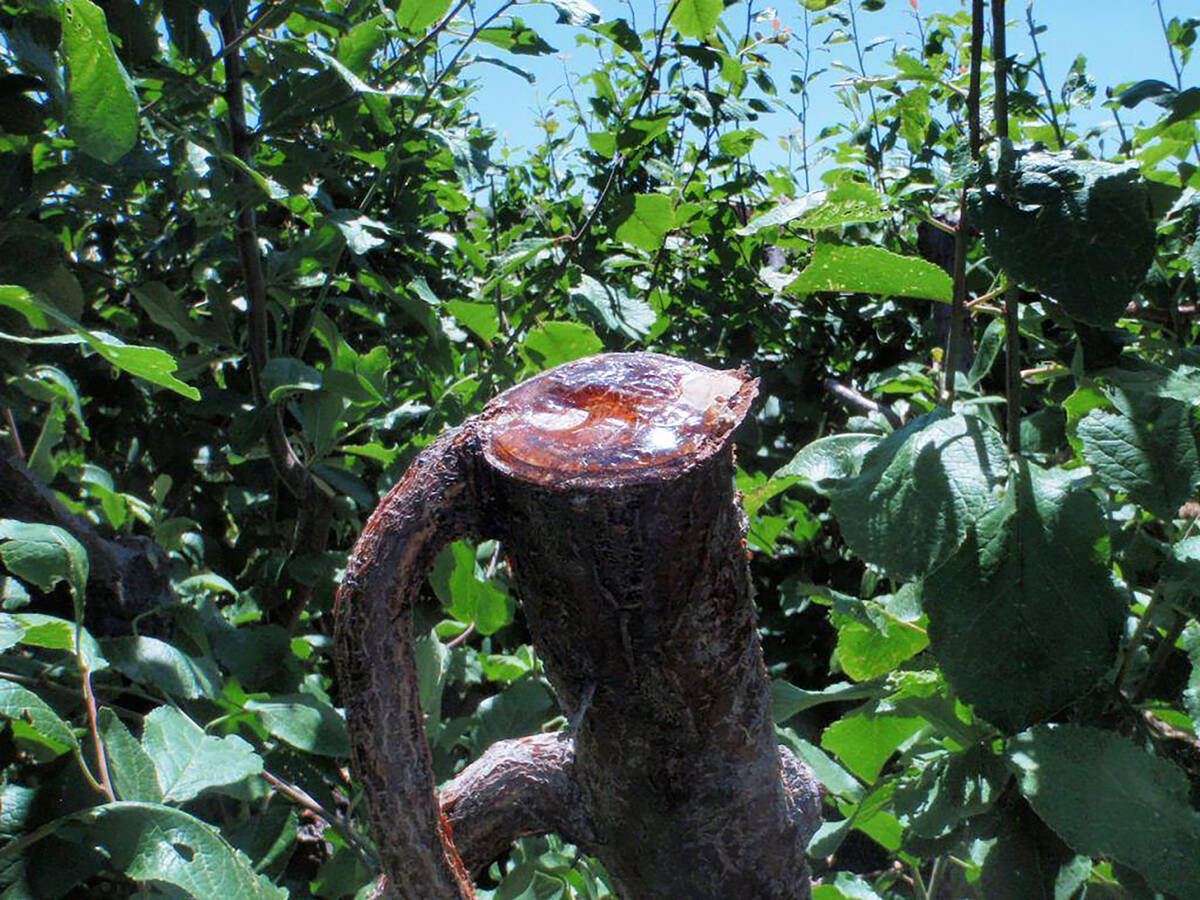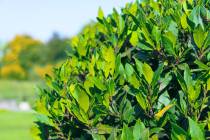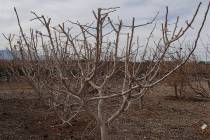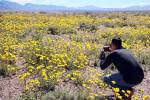What’s causing cauliflower, broccoli to form loose heads?
Q: My cauliflower and broccoli plants were starting to form heads a few weeks ago. About two weeks ago, the cauliflower heads came out but were loose (not a head.) So, I cut them off, ate them, pulled out plants and replanted new plants I had growing. In the meantime, the broccoli plants when they were smaller, seemed to be forming a head nicely. Now the broccoli plant heads don’t seem to be becoming tightly formed either. I spread a light coat of wood ash on a bed a few weeks ago from my fire pit. I fed them about a week ago a high phosphorous-based fertilizer I made up to aid in head formation. Last spring I had the same problem.
A: The best advice I can give you is to look at the amount of light they received, and then at the varieties of broccoli and cauliflower you chose. If I were to guess, it’s because of the light. Most of the older varieties came originally from commercial varieties and need about eight hours of full sun to be productive and produce tight heads.
I am familiar with the performance of former commercial varieties of broccoli such as Green Comet, Green Goliath, Packman and Premium Crop. When I have grown broccoli, I have preferred Premium Crop because of the large side shoots it produces after the head is harvested. Just let the side shoots grow and develop.
Cauliflower varieties I have grown include Snowball, Amazing and some of the other purple and yellow heirloom types (older varieties). I have grown Amazing in North Las Vegas, and it lived up to its name. It produced a very large compact head.
Use shade cloth only during the heat of summer. I had problems with okra producing fruit in 30 percent shade; it flowered beautifully but developed no fruit. Usually, broccoli and cauliflower varieties don’t need any shade during the lower sunlight intensities of the fall, winter and spring. Broccoli and cauliflower are winter crops. They like the cooler weather.
Q: I was disappointed to learn that I have a salt cedar growing along my waterway. I heard it was invasive and terribly water thirsty. Can you shed some more light about this tree?
A: If you do have salt cedar (Tamarix ramosissima), it is definitely planta non grata. There are many versions as different species of tamarix (or tamarisk) were brought to the U.S. from the drier parts of southern Europe and Africa. There are about 50 kinds of tamarix, and many of them look similar but are not the same.
One such tree is commonly called athel. It is difficult to see the differences between salt cedar and athel. But your tree might be an athel. It is not as invasive as salt cedar but is still water thirsty. Both grow to about 50 feet tall.
So, this doesn’t change how water thirsty the plant is, but athel is not as invasive.
Q: My questions concern the pesticide imidacloprid. I recently changed my front yard landscape to desert. I have various cactuses and agave. I have lost agave in the past because of weevils. When you mentioned using imidacloprid, you said the weather was a factor for application time. When would be the right time this year to apply it? Also, I was going to apply it to the cactus as well as the agave. Will it be harmful to the cactus?
A: In your case, late March or early April (immediately after flowering has finished and no later) is when I would make applications of this pesticide. If the plants don’t flower, then apply it in March. It will not harm any plants. It is an insecticide, not a herbicide.
Imidacloprid is considered mildly systemic to insects but has a long life depending on the weather. When it is applied, it is transported to all actively growing points, including flowers and fruit. It is commonly used for borer control in fruit trees but is considered safe for birds, pets and other mammals, including humans. It is very toxic to insects.
The active ingredient found in many pesticides, imidacloprid, is probably the most widely used and therefore effective pesticide in commercial insecticides used in the U.S. and Australia.
However, imidacloprid has been accused (but not proven) of poisoning bees through open flowers. It is claimed as one of the primary reasons for colony collapse disorder in bees and, for this reason, has been banned in many European Union countries.
For this reason, I am instructing people to apply it after a plant has no open flowers and no longer attracts honeybees. Please protect yourself and wear gloves, even if it is considered safe for people and pets. As a precaution, keep pets from eating fallen fruit.
Q: We live in the southwest valley and have this 20-year-old flowering plum next to our driveway. It has no flowers or buds yet, but it’s dropping black sap profusely on the pavement. What exactly is that sap and is there a way to stop it?
A: Look for borers on the exposed west and south sides of this flowering plum tree. Borers are the larvae of insects and prefer to chew just under the bark on these sides just after sunburn or damage.
Plums are messy. Your plum may be bleeding from pruning wounds or any kind of damage. Make pruning cuts when new growth is occurring in early spring, and try not to expose the trunk or large limbs on the west and south sides. Don’t prune during the dead of winter when there is no new growth to shade pruning cuts.
Bob Morris is a horticulture expert and professor emeritus of UNLV. Visit his blog at xtremehorticulture.blogspot.com. Send questions to Extremehort@aol.com.



